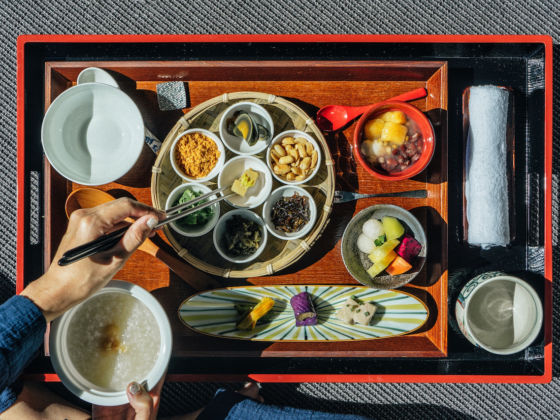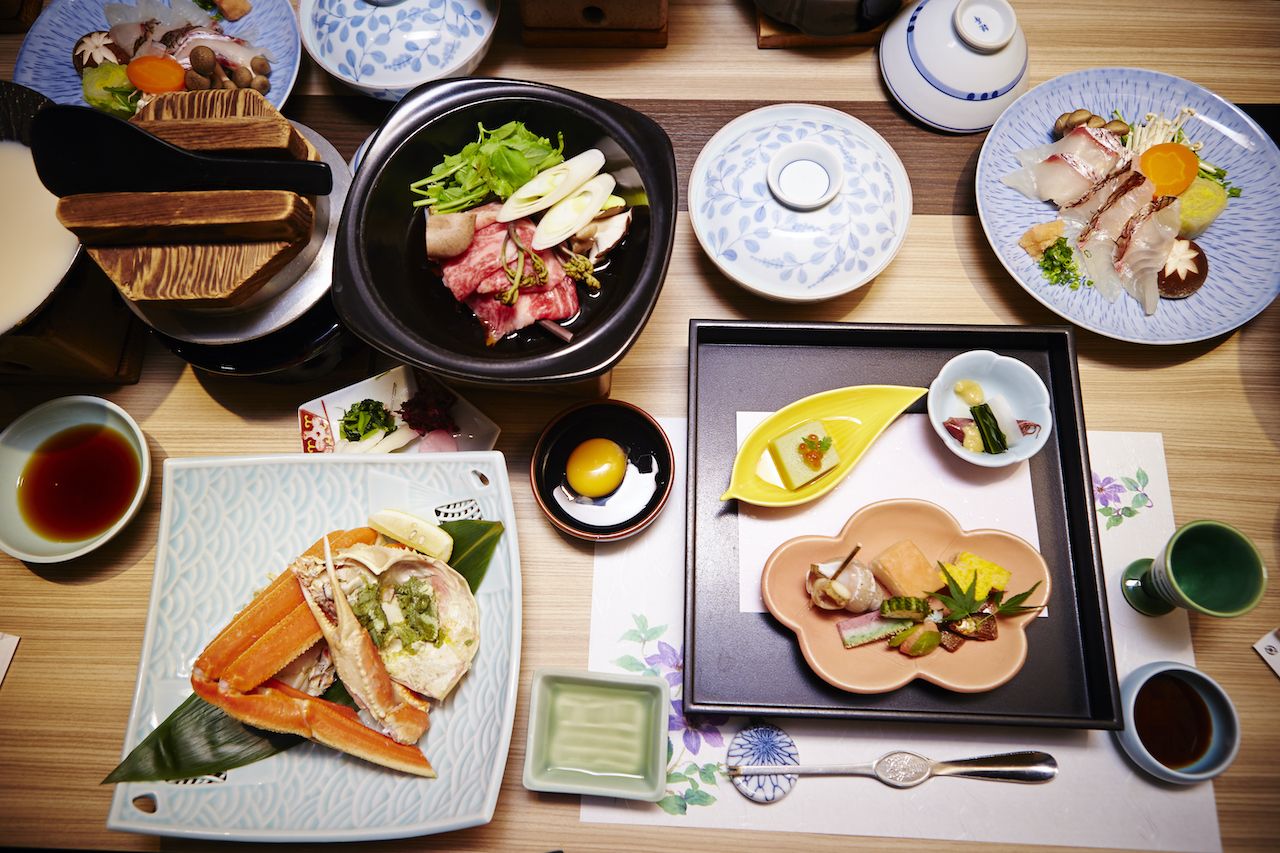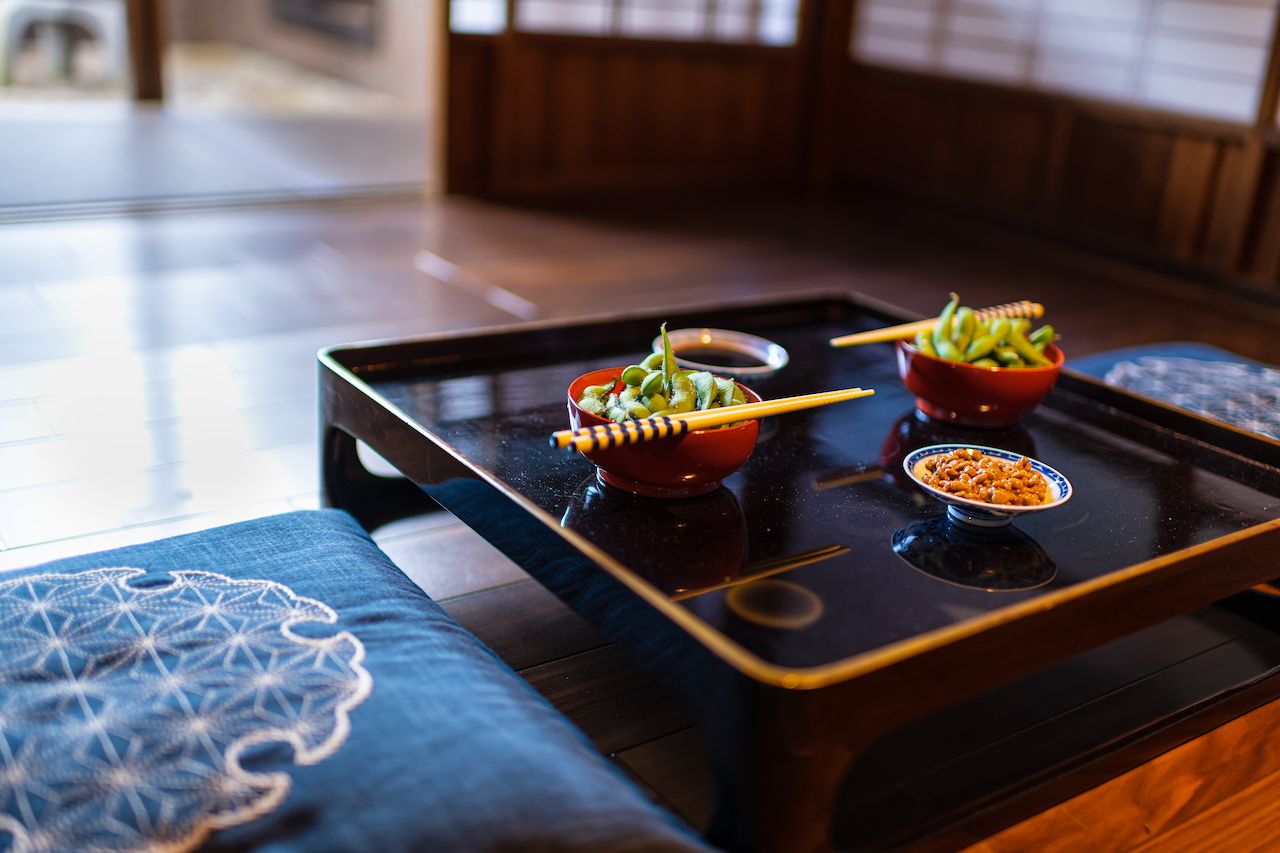In A Simple Art, Shizuo Tsuji’s treatise on Japanese cooking, the author writes, “Japanese cuisine is deceptively simple, its ingredients are but two: a rather delicate stock (dashi) made from konbu (giant kelp) and flakes of dried bonito, and shoyu, Japanese soy sauce.”
In 2013, Japanese cuisine was designated as an intangible element of Japan’s cultural heritage by UNESCO. Today, Japanese cuisine inspires menus the world over, and restaurants serving Japanese food are some of the most highly regarded places. Seldom do people think of it as simplistic. But that, in fact, is its essence. To understand the roots of this simplicity, one needs to look no further than Japan’s traditional styles of eating: kaiseki and shojin ryori.



